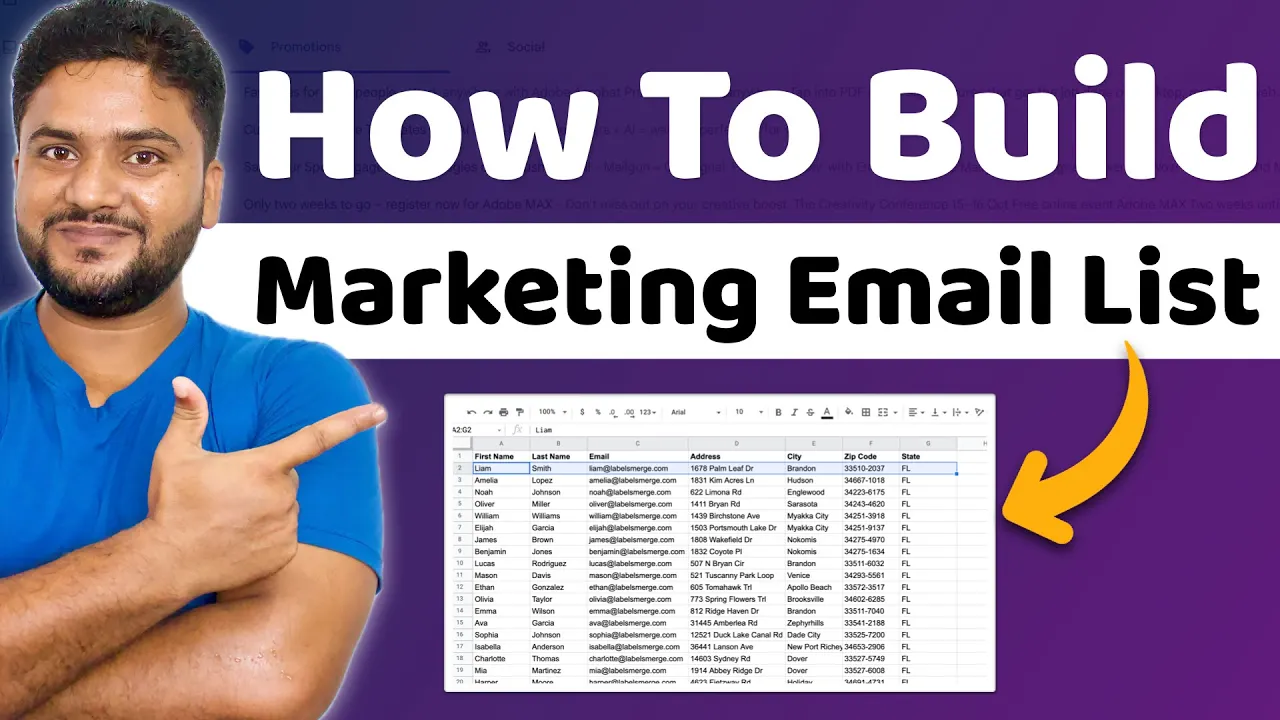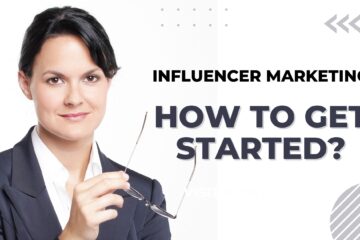How to build an email list? this is the most important part of a successful email marketing strategy. Because this is a cornerstone of digital marketing and online business success. Whether you’re a small business owner, blogger, or entrepreneur, a well-curated email list empowers you to connect directly with your audience, promote your products, and grow sustainably. In this guide, we will explore how to build an email list effectively, highlighting strategies, tools, and actionable steps.
Table of Contents
How to Build an Email List
An email list is a collection of email addresses collected from individuals who have shown interest in your brand, product, or content. Unlike social media, where algorithms control reach, an email list gives you direct access to your audience.
Why is an Email marketing List Important?
- Direct Communication: Ensures your message reaches your audience without interference.
- High ROI: Email marketing delivers one of the highest returns on investment compared to other marketing channels.
- Community Building: It allows you to foster trust and loyalty with your audience.
- Control: Unlike social media platforms, you own your email list.
How to Build an Email List: Step-by-Step Guide
1. Understanding Your Target Audience
Before you start, define your ideal audience.
- Demographics: Age, gender, location.
- Interests: What do they care about?
- Challenges: How can you solve their problems?
Example: If you’re targeting digital marketers, offer free resources like a “Guide to Better SEO.”
2. Creating Valuable Lead Magnets
A lead magnet is an incentive offered to potential subscribers in exchange for their email addresses.
Types of Lead Magnets
- E-books: Comprehensive guides or how-tos.
- Templates: Ready-to-use templates for a specific task.
- Discounts: Coupons for first-time buyers.
- Exclusive Content: Whitepapers, case studies, or webinar recordings.
Example: An e-commerce store can offer “10% Off on Your First Purchase” as a lead magnet.
3. Setting Up Landing Pages
A landing page is where potential subscribers sign up for your email list.
Key Elements of a Landing Page
- Compelling Headline: Grabs attention immediately.
- Engaging Copy: Highlights the benefits of signing up.
- Call-to-Action (CTA): A clear and enticing button like “Get My Free Guide Now.”
- Simple Form: Ask for minimal information (just an email is enough for starters).
Example: A travel blogger’s landing page could say, “Subscribe to Get Your Free Ultimate Packing Checklist.”
4. Using Pop-ups and Sign-up Forms
Pop-ups are effective but must be used strategically to avoid annoying users.
Best Practices
- Exit-Intent Pop-ups: Triggered when users are about to leave the page.
- Time-Delayed Pop-ups: Appear after a user has spent some time on your website.
- Embedded Forms: Include them in blog posts, sidebars, or footers.
5. Leveraging Social Media Platforms
Social media is a great place to direct traffic to your email sign-up forms.
Tactics
- Create Shareable Posts: Use visuals and compelling captions.
- Run Contests or Giveaways: Encourage users to subscribe.
- Promote Lead Magnets: Share your free resources.
Example: “Want to learn the secrets of email marketing? Sign up now to download our exclusive guide!”
6. Using Paid Advertising
Paid ads can help you scale your list-building efforts.
Platforms
- Google Ads: Target search keywords related to your niche.
- Facebook/Instagram Ads: Use lead-generation ads to capture emails directly.
- LinkedIn Ads: Ideal for B2B email list building.
7. Networking and Collaborations
Partner with other brands or influencers to reach new audiences.
Strategies
- Guest Blogging: Write for popular blogs in your niche and include a link to your lead magnet.
- Webinars: Collaborate on webinars and collect attendee emails.
- Joint Promotions: Offer exclusive deals through cross-promotions.
Maintaining and Growing Your Email List
1. Deliver Quality Content
Consistently send valuable content to keep your subscribers engaged.
Content Ideas
- Weekly newsletters.
- Exclusive deals and offers.
- Updates on new products or services.
2. Segment Your List
Divide your subscribers into groups based on their interests or actions.
Benefits of Segmentation
- Higher open and click-through rates.
- Personalized communication.
- A better understanding of subscriber behaviour.
3. Avoid Common Pitfalls
- Spamming: Don’t bombard your subscribers with too many emails.
- Neglecting Subscribers: Stay consistent in your communication.
- Ignoring Analytics: Use data to optimize your strategy.
FAQs: How to Build an Email List
Q1: How Long Does It Take to Build an Email List?
It depends on your efforts and strategy. With consistent work, you can see significant growth within a few months.
Q2: Can I Buy an Email List?
Avoid buying email lists. They often result in low engagement and can harm your brand’s reputation.
Q3: How Often Should I Email My Subscribers?
Aim for 1–3 emails per week, depending on your niche and audience preferences.
Check out this video: How to Build an Email List
Conclusion: How to Build an Email List
Building an email list is one of the most valuable investments you can make for your business or personal brand. By following the strategies outlined in this guide, you’ll not only grow your email list but also establish a meaningful connection with your audience. Remember, consistency and value are the keys to success.
Start today—because the sooner you begin, the faster you’ll see results!





